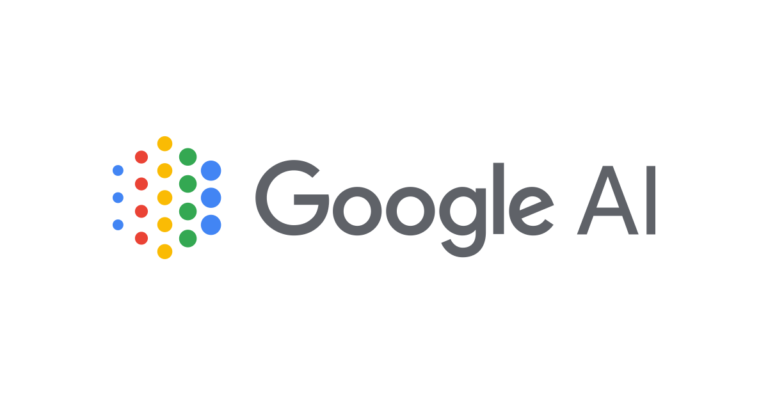Recently, there have been many issues related to academic misconduct,...
Read More



Many people are already using tools like OpenAI’s ChatGPT-generated AI chatbot and Bing, which also sources the latest information on the Internet for its results, to help with tasks as diverse as writing essays and creating images. Google is not far behind, and recently announced a new generative AI experience on Google Workspace that allows users to create content with the help of AI.
Google Duet AI introduces various capabilities, including assisting with email responses in Gmail, generating images from text, and proofreading documents in Google Docs, among other functions. Its objective is to compete with tools like Microsoft by harnessing AI to boost people’s productivity.
Google Workspace is a suite of collaboration tools where Google Cloud and Duet AI collaborate. It’s designed to empower individuals to excel in their tasks, whether it’s writing, image creation, or streamlining workflows.
With Google Workspace and Duet AI, you can benefit from features such as:
Anyone with a Google account and using the Chrome browser can use the new Google Workspace features; you do not have to be a Google Workspace user to access them. However, you must register as a trusted tester and agree to the Google Workspace Labs Privacy Notice and Terms of Use. Registration can be done by filling out the form and waiting for an email invitation from Google. Once you receive the email, you can enable Workspace Labs features in your Chrome browser settings. Please note that these features are experimental and subject to change over time, and Google will also collect Workspace Labs data and metrics to provide, improve, and develop products, services, and machine learning technologies across Google.
During the 2023 I/O developer conference held in May, Google unveiled its plans to introduce additional AI-powered tools for consumers. Their commitment to advancing AI is evident as they work on a multitude of new features that will become available in the upcoming months.
Here’s a glimpse of what we can look forward to:
This technology has the potential to assist workers in saving time on their daily tasks, enabling employees to work more efficiently. It may also contribute to enhancing the quality of work produced, as AI assistants are designed to support humans in achieving better results. Let’s face it, if your supervisor can find an AI system capable of performing your job more effectively, it could potentially lead to the displacement of numerous American jobs.
As developments continue to unfold rapidly, Google has emphasized that any suggestions made by your AI assistant while you work can be accepted, edited, or modified, putting you in control of your creative process. Google has also committed to providing administrative controls that allow organizations to manage and establish their own usage guidelines for this new technology.
Google has been actively promoting the idea that this is a positive development for workplaces, asserting that “AI is not a substitute for the ingenuity, creativity, and intelligence of real people. Sometimes AI makes mistakes, occasionally it surprises you with unconventional suggestions, and often it requires guidance,” as stated by Google VP Johanna Voolich. Therefore, we must wait and see where this technology leads and trust that it will ultimately benefit us.
Google is actively advancing its efforts in developing and implementing generative AI tools that have the capacity to enhance your communication skills and enable the creation of impressive content. This involves embracing generative AI technology to handle the more complex aspects of your tasks.
If you’re interested in trying out these tools, you have the option to register as a trusted tester and provide valuable feedback to Google. However, it’s crucial to remain mindful of the potential risks and challenges associated with AI utilization. Always verify the accuracy and quality of content generated by AI. Additionally, it’s advisable to carefully review the privacy notice and terms of service before using or signing up for AI-based services.
Sources :
https://www.foxnews.com/tech/googles-ai-trying-one-up-chatgpt-and-bing-everyday-ai-features
Recently, there have been many issues related to academic misconduct,...
Read MorePrihardanu et al. (2021) analyzed survey data related to indoor...
Read MoreBigBear.ai is a company at the forefront of leveraging artificial...
Read More